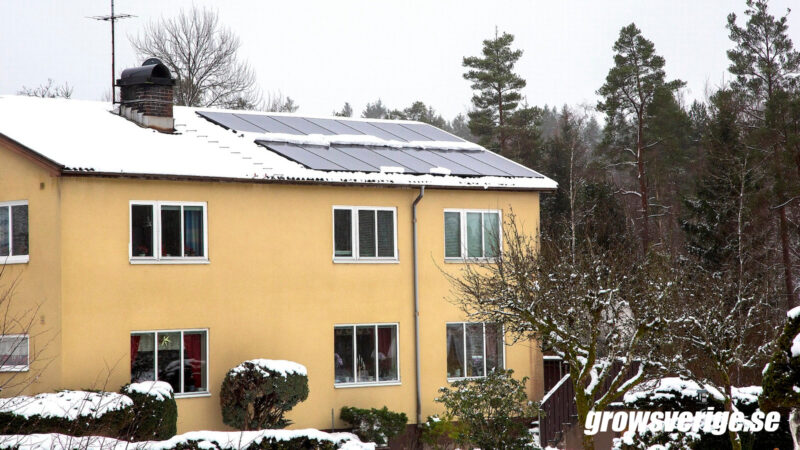Vad händer
Kontext
Enligt ny forskning från tyska Fraunhofer Institut i samarbete med psykologiforskare från Freiburguniversitetet är människor mer positivt inställda till solpaneler på hustak och balkonger när panelerna integreras visuellt med den omgivande arkitekturen.

Testpanelen föredrog matchande färg på hus och solpaneler framför vackert men avvikande utseende på solpanelerna.
The researchers conclude that for existing buildings, it makes more sense to select colored solar modules that blend homogeneously into the building’s appearance rather than using the module as an architectural detail.
“An important finding of the study is that the social acceptance of PV systems depends on the type of building and visual impression,” added Angela Zhou, lead author of the study. “These two factors weigh much more heavily than personal variables such as personal values, political attitudes or environmental concerns.”
PV Magazine: Custom-colored modules increase social acceptance of building-integrated photovoltaics
Den första mätningen lät testpersoner betygsätta sex olika solpaneler med varierande färg och yta på olika byggnader. Mätningen visade att testgruppen föredrog olika design beroende på husets utseende.
“The modules were mainly matched to buildings due to color integration and were rarely selected to make an artful addition to the building,”
“It can be inferred from these findings that for existing buildings, PV modules should be integrated as unobtrusive as possible, fitting into the established aesthetic concept of the building, in order to be socially accepted.”
Science Direct: (Not) in my city: An explorative study on social acceptance of photovoltaic installations on buildings
Vad har det för betydelse
Resultatet av studien säger att solpaneler bör integreras så diskret som möjligt och anpasssas till befintlig estetik för att accepteras av allmänheten. Forskarna fann också att solpaneler på historiska byggnader, som kyrkor, gillades mindre än på moderna byggnader. När solpanelerna integrerades så väl att de inte var synliga fanns inget motstånd, oavsett vilken byggnad det gällde.





